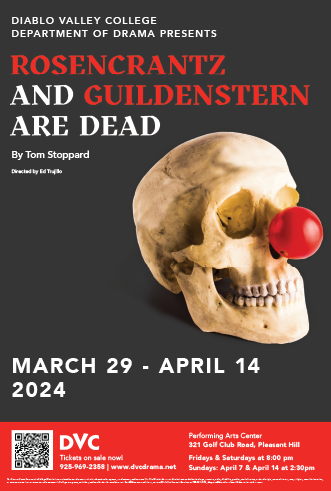What happened to good pop music?
April 28, 2015
Pop music has been around for decades, and since its creation in the United States, pop has consistently defined every era of our history.
Back in the 70s and 80s, artists like Michael Jackson and The Bee Gees changed the pop scene forever by creating their own style of music. The music they performed was uplifting, catchy and everyone could relate to it. These songs actually meant something and carried positive messages.
Even the music videos for Michael Jackson songs like “Beat it,” “Billie Jean” and “Thriller” were credited with breaking down racial barriers and transforming music into a visual art form.
Yet the pop music of today’s generation has been steadily declining in quality and has recently taken a serious turn for the worse.
A recent study by a group of researchers, published in “Scientific Reports,” compiled 500,000 songs from 1955 to 2010 of pop and a variety of different genres to analyze the texture, tone quality, pitch and melodies that make up the song.
The findings of the study concluded the prevalence of texture and tone quality of music peaked in the 1960s, but today’s artists use less tone and harmony layering, less time in the recording studio and fewer musical instruments to create their recent hits.
The lack of ingenuity behind today’s popular music becomes clear to the everyday listener when they hear hits on the radio by Miley Cyrus and Lorde.
Even the main event of the 2015 Superbowl half-time show was Katy Perry, who lip-synced her way through a flashy, teenage-oriented performance filled with dancing sharks and blinding fireworks.
What ever happened to the half-time shows performed by the Rolling Stones and The Temptations?
Music videos have also seen the same decline in quality.
If one is unlucky enough to see a music video for one of these modern pop songs, the disturbing images and messages displayed adds a new level of desensitization to the messages thrown at us.
For example, Miley’s music video for “We Can’t Stop” shows unsettling images of people dragging around dead and stuffed animals and a woman pretending to cut off her fingers after placing her hand on a table, complete with fake pink blood squirting out.
Not to mention the fact the whole song’s message is centered on getting drunk and partying, a message miles from the original uplifting and inspiring music of artists in the 60’s and 70’s
For example James Brown was an inspiration to artists like Michael Jackson, who went on to help create and define the original pop music genre.
What can we learn from this generation of pop music?
We can start by not letting the chaos presented by disturbing music and videos overwhelm us, and to not be consumed by music that’s far less creative than previous generations.
And most importantly, we need to refocus our interests on music and media that’s good for us.
Because every view or “like” we give a song or music video acts as a vote to continue the spread of a certain type of mindset, affecting generations to come.
Let’s take part in saving our brains from becoming mush by influencing and guiding pop music back to it’s original glory.
















































































Rick Hollett • Apr 10, 2016 at 5:20 am
Modern music is plagued with problems. As a music producer myself, I’ve paid lots of attention to this fact, and how the quality of songs has declined. One issue, with me, is the lack of musical training required to “produce” a commercial hit song. All a person has to do is master a piece of software, find some loops, maybe a hook, bits of sample segments, some bad lyrics, and presto…a song as good as most on the airwaves today. Flashback: before the advent of computers, many different musicians would collaborate on the arrangement, harmonic progression, changes in rhythm, lyrics, etc. This was done by feeding off one another until the desired blend was achieved. This is largely a thing of the past, unfortunately. To summarize: a drum loop won’t respond, but a drummer will. My 2c